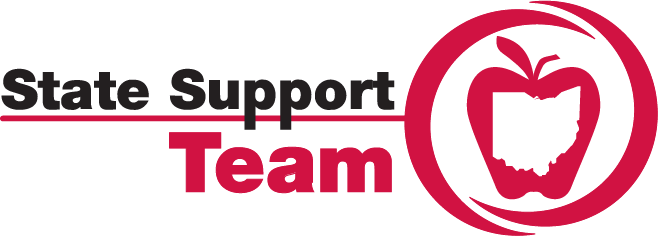Video: Welcome
This video is being reviewed for audio description.
What is Audio Description?
When Audio Description (AD) is enabled, descriptive language narrates what is on the screen. To learn more, visit our accessibility webpage.
What is Signed Interpretation?
When the ASL version/button is enabled, an interpreter will convey the meaning of the ASL signs into spoken English words and the meaning of the spoken English into ASL signs. To learn more, visit our accessibility webpage.
Video Player Help
Kaltura Video Hosting: This website uses Kaltura, a video hosting company, to serve video content. If you are having difficulty viewing videos on this site, it may mean that your location (e.g., school district, organization) is blocking or filtering the Kaltura website. Please contact your IT personnel to resolve this issue.
Accessibility: We strive to make this website accessible for all users, including people with disabilities. To learn more visit our accessibility webpage.
Captions / Transcript
After hitting play you can access an interactive transcript for this video by selecting the Show Transcript icon![]() in the top right corner of the video when you select play.
in the top right corner of the video when you select play.
You can turn on captions by selecting the Enable Captions icon![]() in the bottom right corner. Captions can also be turned on by selecting the Settings icon
in the bottom right corner. Captions can also be turned on by selecting the Settings icon![]() , where you can also set your caption preferences.
, where you can also set your caption preferences.
When available, you can use Spanish subtitles for this video by selecting Settings![]() and choosing Spanish in the Captions drop down menu.
and choosing Spanish in the Captions drop down menu.
Access to the General Education Curriculum for ALL Learners
Welcome to the Accessing the General Curriculum website also known as the Literacy Access for ALL site. The general education curriculum often consists of courses, lessons, and planned learning activities that are intentionally taught. But, what about the informal and unspoken messages and strategies that are communicated and used in the classroom? These are not part of the formal curriculum, but contribute to student growth, engagement, inclusion, and more. This FREE, 10-part video series explores strategies grounded in research that are designed to ensure ALL learners have access to the general curriculum.
Create an Account
Select a Chapter
Explore the Resources
Implement
Check Out the List of Modules
These chapters are designed for special education professionals, teachers, developmental specialists, and other teaching professionals to increase your knowledge about access to the general education curriculum. Each chapter builds on previous knowledge while providing new strategies, tools, and resources you can use right away in the classroom and beyond.
Research
Video Explanations
Download Resources
Documents
Reflection Questions
Each chapter consists of several pages that relate to the chapter. Before watching each video, set the stage for your learning by reading the video description. To continue your exploration of the topic after the video, visit the “research and connected resources” section to learn more.
Chapter 1: Ensuring Inclusive Dispositions and Presuming Competence
Chapter 2: Design Rich Tier I Core Instruction and Assessment
Chapter 3: Designing Inclusive Learning Environments and Rich Tier I Instruction and Assessment
Chapter 4: Language and Communication Access: ALL In!
Chapter 5: Reading Research in Language and Literacy: From Research to Practice
Chapter 6: Stretching Word Recognition to Include Learners with Complex Needs: Access to Communication, Reading, and Writing for ALL Learners
Chapter 7: Stretching Language Comprehension to Include Learners with Complex Needs: Applying Reading and Writing Across Content Areas
Chapter 8: Tier I Planning Continued: Integrating Learner Supports within Standards-Based Instruction and Assessment
Chapter 9: Targeted Interventions: Tiers 2 and 3
Chapter 10: Curriculum Screening, Audit, Selection, and Deselection

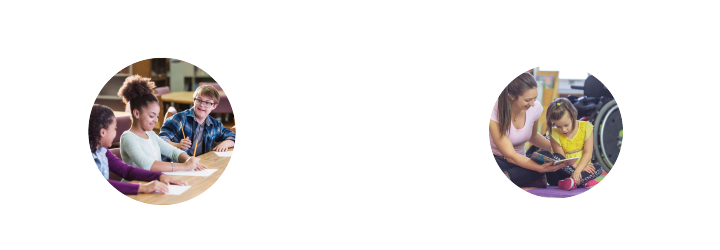
Different Entry Points to Find What You Need
At OCALI we do our best to provide flexible access to information and resources. This site is designed with that flexibility in mind. Select the Topical Resource Guide to explore resources from across the website around specific problems of practice or select Browse Chapters if you want a more comprehensive chapter-by-chapter experience and to access a certificate. The Browse by Chapter link will also provide access to each chapter's Table of Contents to access a specific video or resource in any chapter. We know your time is precious. We want to make sure you are finding what you need in the most efficient way possible.

Roots, Trunk, and Leaves

Root Work: Beliefs, Values, and Practices Working Toward Equity and Universal Access
All education professionals must enter the teaching profession having foundational values and beliefs that welcome and support ALL learners. These beliefs are demonstrated through specific practices such as collaboration to meet the needs of each and every learner, designing for universal access, and valuing and respecting each students’ diverse profile, strengths, and needs. Beliefs in the potential of ALL learners sits at the heart of our work as educators. These essential beliefs and practices are the roots that ground our work in providing high quality, equitable, and accessible instruction and assessment. “Root work” can be developed by engaging in specific learning, activities, and resource exploration throughout this learning space.
Some examples of content targeting this “root work” can be found in:
- Chapter 1: Ensuring Inclusive Dispositions and Presuming Competence
- Chapter 2: Focus on Tier I Aligned with General Standards for All Learners
- Chapter 3: Designing Inclusive Learning Environments & Rich Tier I Instruction and Assessment
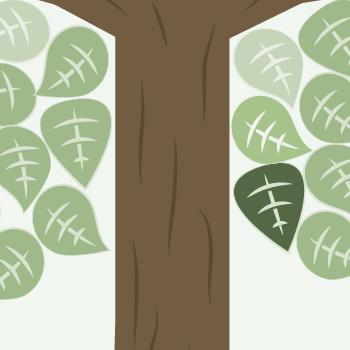
Trunk Work: Strong Systems, Structures, and Supports
As a collective state-wide group of education professionals, we are all responsible when it comes to meeting the needs of learners with disabilities. Integrating supports that represent ALL learners, across all levels of the state-system, is a daunting task. This means we will have to work collaboratively across licensure areas, offices, and other silos of practice to ensure that ALL learners receive the expertise we each individually bring to the field. As a collaborative group, we will need to rely on strong guidelines and processes to planfully connect supports and implement to improve learner outcomes. Some examples of these structures within our system include academic learning standards, the assess, plan, teach cycle - Ohio Improvement Process (OIP), Multi-Tiered Systems of Support (MTSS), Positive Behavior Intervention and Supports (PBIS), etc.
Some examples of content targeting this “trunk work” can be found in:
- Chapter 2: Designing Rich Tier I Instruction and Assessment: Overview
- Chapter 2: Sorting and Clustering Standards for Instruction: Integrated Units
- Chapter 4: Language and Communication Access: ALL In!
- Chapter 10: Curriculum Screening, Audit, Selection, and Deselection

Leaf Work: Evidence-Based Practices and Strategies
One target for educators is to ensure the use of content and learner specific supports to meet the full range of students in every district, in every building, in every grade across our state. In order to integrate diverse supports and services, we must know about a wide array of evidence-based and research-based practices/strategies that can be used during instruction and assessment. When evidence-based practices/strategies are put into practice, results in skill development and future outcomes for learners can skyrocket. We welcome you to check out the many evidence-based practices/strategies outlined within this learning space.
Some examples of content targeting this “leaf work” can be found in:
- Chapter 2: Unit Literature: Gathering Text Sets
- Chapter 3: Integrating Literacy into the Classroom Environment
- Chapter 6: Phonological Awareness with an Emphasis on Phonemic Awareness
- Chapter 6: Early, Basic, and Advanced Phonics
- Chapter 7: Read Alouds
- Chapter 7: Teaching Vocabulary to All Learners
- Chapter 8: Adapting Methods and Materials for Standards-based Instruction
We Take Pride in Our Content
Created for educators, by educators
Grounded in research and evidence-based practices
Practical, easy-to-use strategies and resources
On-demand access for 24/7, self-paced learning
Individual or group-based learning
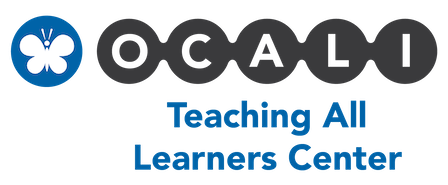
Partners

